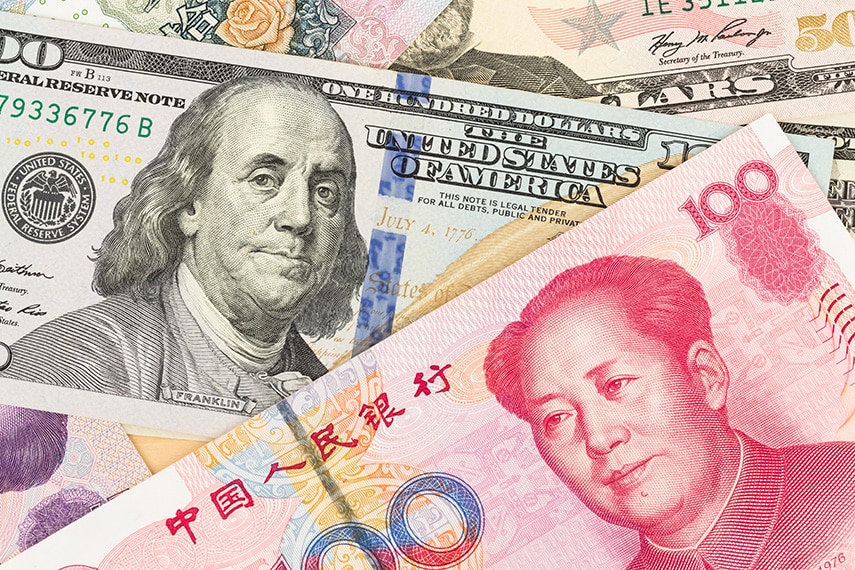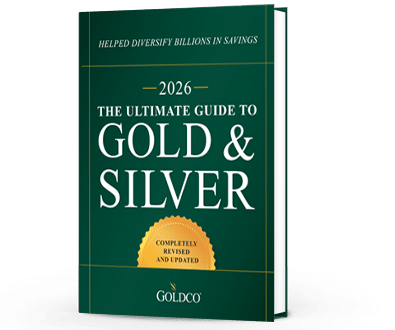6 Indicators of a Potential Recession
It seems that in the media today there are more and more mentions of the dreaded R-word: recession With growing economic uncertainty, the threat of potential recession seems to be growing as...
Economy

We’ve been saying for years that the US dollar will eventually be replaced as the world’s reserve currency. But it’s only now that world financial authorities are admitting the obvious.
With the dollar having lost 85% of its value since the gold window was closed in 1971, it continues to lose purchasing power year after year as the Federal Reserve continues to create trillions of dollars worth of new money. While the Fed remains adamant that the dollar won’t be supplanted, the Bank of England disagrees.
Bank of England Governor Mark Carney was remarkably frank about the dollar’s demise in a recent AMA-style forum on the Bank of England’s website. In his view the dollar will eventually be supplanted by the Chinese yuan.
Among the reasons Carney cited for his stance are:
Carney noted that even though the US overtook Britain in the late 19th century as the world’s largest, it still took until the 1920s before the dollar became a dominant currency in international trade. With China nipping at the US economy’s heels, it may only be a few years before China’s economy surpasses the US in size. From there it’s only a matter of time before the yuan completely replaces the dollar.
With Russia, India, and other countries increasingly adopting the yuan in international trade, the dollar is being sidelined. That’s bad news for American investors who hold dollar-denominated stocks and bonds. When the dollar loses its reserve status the value of those investments will plunge. Thankfully there’s a way for investors to protect themselves once that happens: investing in gold.
With the Bank of England now understanding that the dollar will be supplanted as the world’s reserve currency, will the Fed step up and take responsibility or will it throw ordinary investors under the bus? Given the decreasing purchasing power of the dollar over the past 50 years and the dramatic increase in the value of gold, we’ll bet on the latter.

